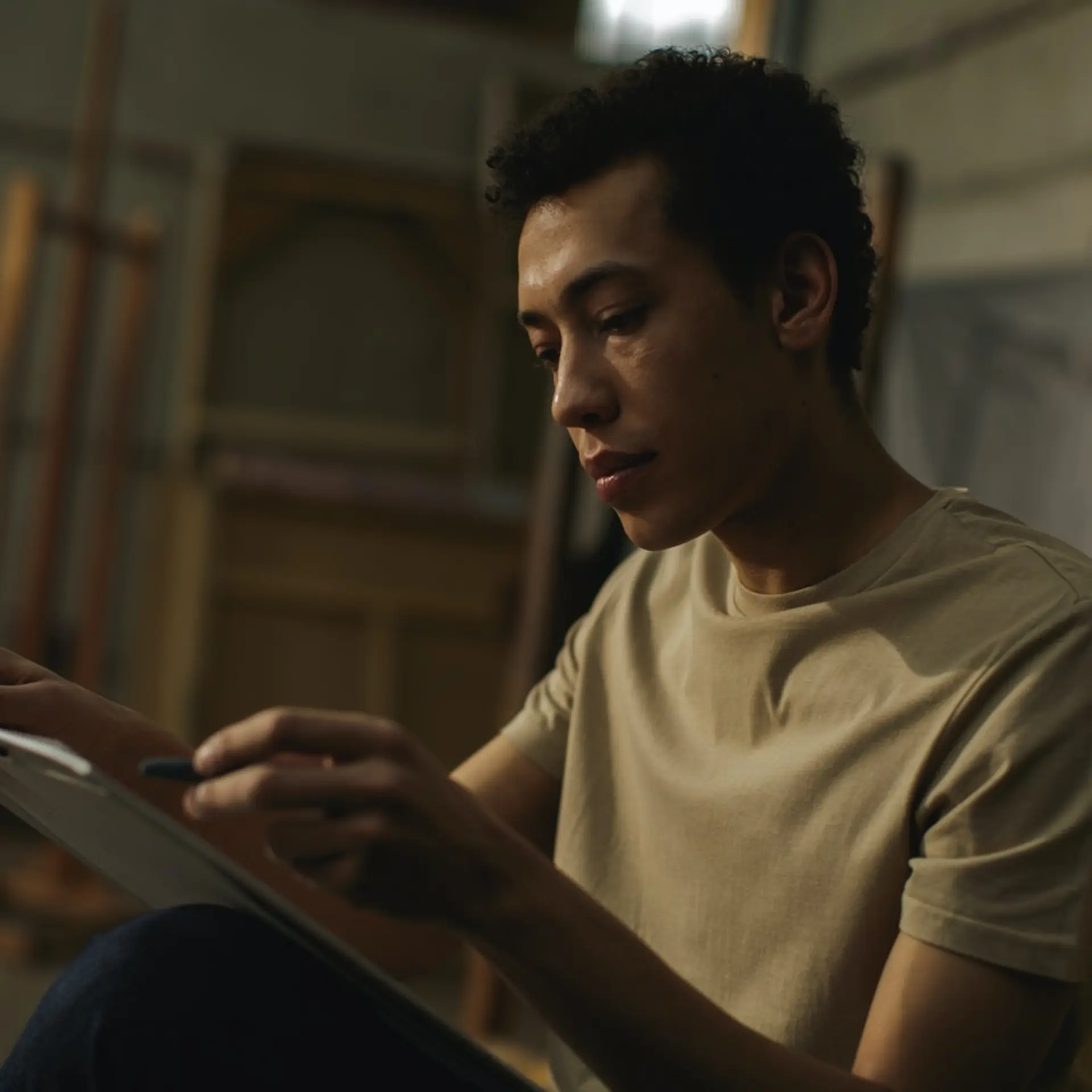

Customer experiences in Phygital Retail
A hole in the wall teashop which accepts digital payments or a local kirana store that ties-up with an e-commerce player to provide home delivery services are proof enough of the impact of digital on retail. The power of digital transformation is manifesting itself through enhanced e-commerce and instore experiences, and easier digital payments.

As digital retail or e-commerce gains steam, the importance of physical retail stores cannot be undermined. According to a US-based study by AT Kearny, 94 percent of total retail sales (including grocery) is still generated through bricks-and-mortar stores. Bain & Co in 2017 predicted that 75 percent of sales will still be occurring in a physical location by 2025.
In order to address changing guest (at Target we call customers as guests) mindsets, digital and physical will need to integrate and complement each other. This is now described as ‘phygital’ retail. There is a tremendous opportunity for the two to co-exist as they start to converge in experience and offering. There is a lot of innovation taking place in the retail industry to keep physical store offerings more meaningful for customers and companies by using digital technologies.
Smarter Checkout
Long checkout queues can often be a turn-off for guests when they shop. This is especially true when they have lesser items to checkout. There are multiple solutions that have emerged through the innovative use of technology to enhance customer experience. An example is the use of robotic checkout or self-checkout counters, where guests can checkout products on their own. This helps quicken the pace of in-store checkouts. Retailers can choose to have a number of these self-checkout counters based on the traffic they see in the respective store. Another example is the use of digital technologies to allow guests to order products online and pick it up from the closest store at their convenience.
Cloud-based POS technologies allow guests to checkout orders and make payments wherever customers want (within the store) using mobile devices or self-checkout. Some technology players such as Panasonic are also offering solutions, where customers can add all items to a cart that auto-detects bar codes, bills them and also packs them.
Better In-store Experience
There are two major reasons why a guest would choose to shop in a physical store over an online one. First, is for the opportunity to see, feel and check the products they wish to buy. Second, is for the customer experience and interactions with product experts that only a physical store would provide. Technology is being used in many ways to enhance benefits of the in-store experience.
Many high-end fashion brands such as Louis Vuitton and GAP are experimenting the use of virtual trial rooms in their outlets. Physically trying out clothes before buying them can be time consuming for a shopper, who wants to try on a whole range before making a decision. Virtual trial rooms have made it possible for shoppers to search and try varied options of size and colors of a particular outfit from a store. In addition, they have the option to make the purchase directly from the dressing room or dressing mirror. Shoppers also have the option to click pictures of themselves in an outfit, share it with friends and take opinions.
Sensory Technology for Customer Communication
Retailers can use sensory technology to have greater awareness about a guest’s emotion or response to a new product or offering. They can use it to analyze customer sentiments and make real-time offers based on how they are reacting or feeling. Retailers can also use sensory technology to create subtle differences in guest experiences such as choice of music, smell, etc.
Some retailers such as Ikea have also begun to use iBeacons. They are low-cost technology devices that make use of Bluetooth connections to transmit messages to guests’ mobile devices. These allow retailers to push relevant, timely and personalized messages. For instance, customers who are currently browsing at a store could get a special notice about current promotions or new items in stock.
While all these innovations are playing an important role in contributing to a phygital in-store experience for guests, there are many possibilities and opportunities available. It goes without saying that in order for these technology implementations to be successful, they need to be backed by solid backend data collection and analytics. The sales floor agents need to be appropriately trained on the use this technology to reap maximum benefits.
The time has come for retailers to stop considering online and physical retail as two different businesses. Greater synergy in vision, value proposition and even incentive structure of the executive team running these businesses could contribute to the overall improvement of guest experience. Physical retail is here to stay, and technology can make shopping more of an experience for guests rather than being a chore.



.jpg?mode=crop&crop=faces&ar=16%3A9&format=auto&w=1920&q=75)
![Top 10 Cheap Indian Press Release Distribution Services [Updated]](https://images.yourstory.com/cs/1/b3c72b9bab5e11e88691f70342131e20/LOGO-DESIGN-PR-INDIA-WIRE-03-1595693999405.png?mode=crop&crop=faces&ar=1%3A1&format=auto&w=1920&q=75)


